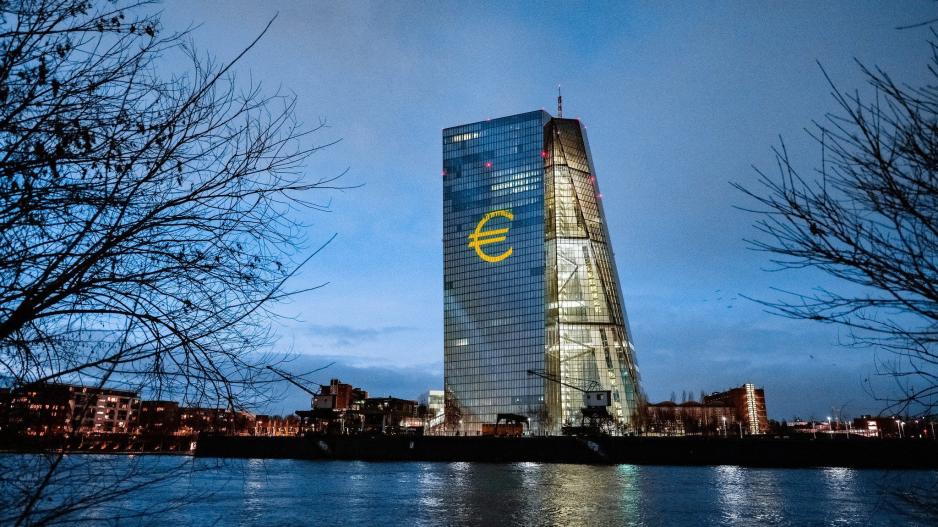European Bond Market Update: Yields, Projections, and Central Bank Indications
European bonds experienced a temporary halt in their sell-off this Tuesday. This came on the heels of U.S. government bond yields spiking to a 16-year high the previous evening. A primary driver behind this trend has been the robust economic growth in the U.S., which has led many investors to anticipate prolonged elevated interest rates.
Several factors have played into this shift in the bond market:
1. U.S. Bond Surge: The 10-year benchmark U.S. bond yield jumped significantly, reaching 4.366% at the outset of Tuesday's trades. This is the highest level observed since November 2007. Later in the session, it saw a minor pullback, settling around 4.3122%. Generally, bond yields have an inverse relationship with their prices.
2. Global Monetary Adjustments: The recent monetary policy tweaks by the Bank of Japan, in tandem with the uptick in U.S. bond issues, are believed to have contributed to the recent rise in yields.
-
The German 10-year bond, a critical reference for the Eurozone, has shown interesting trends. Its yield has declined slightly and was traded at 2.654% on Tuesday. However, this is proximate to its recent peak last March, which was around 2.729%.
-
Germany's 2-year bond yield, known for its sensitivity to monetary policy shifts, recorded a modest decline, positioning itself at 3.103%.
-
Meanwhile, France's 10-year government bond is trading at a yield of 3.190%, which is closely aligned with its 2011 high of 3.2%. Spain's counterpart is hovering around 3.694%.
-
Yields from both Greece and Portugal witnessed a downward trend, with the former settling at 3.969% from its previous 4.05% and the latter at 3.378% from 3.46%.

According to Mohit Kumar, the Chief Economist for Jefferies in Europe, the current landscape suggests a "soft landing" for the economy. This scenario, characterized by a resilient job market, has intensified debates on the need for central banks to sustain high-interest rates over extended periods.
Financial analysts are currently speculating on the European Central Bank's (ECB) next move. Roughly 70% predict an increase in the deposit rate to 4% this coming September, while 30% expect it to remain unchanged. All eyes will be on ECB President Christine Lagarde's upcoming speech at the Jackson Hole symposium. As noted by Anders Svendsen, Chief Analyst at Nordea, her address might shed light on the central bank's plans for the subsequent meetings, offering clues to market participants.






